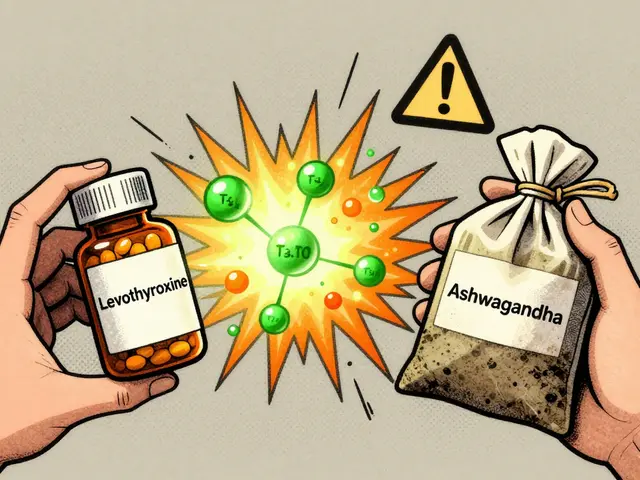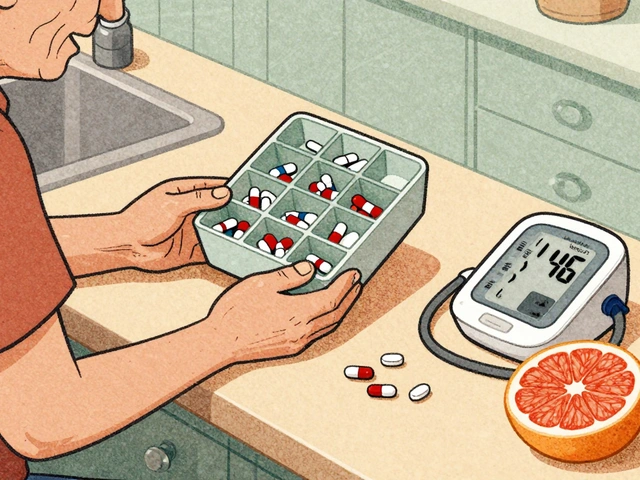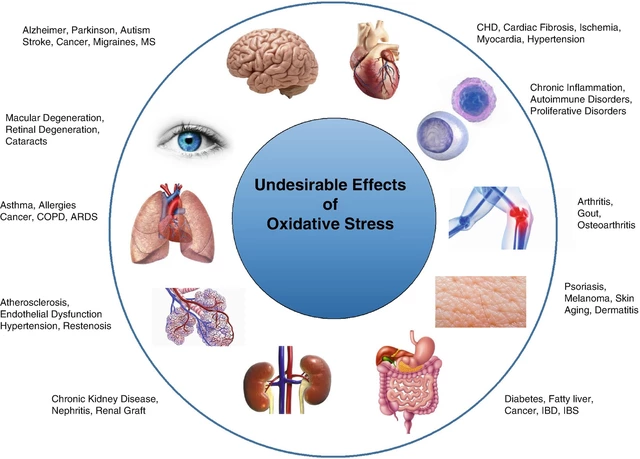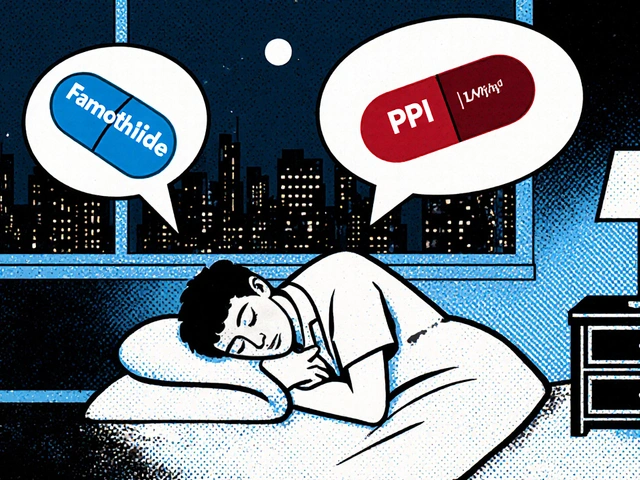Endometrial Hyperplasia: Causes, Risks, and Treatment Options
When the lining of your uterus, called the endometrium, the tissue that builds up each month to prepare for pregnancy. Also known as the uterine lining, it thickens under the influence of estrogen. But when estrogen isn’t balanced by progesterone, this lining can grow too much — a condition called endometrial hyperplasia, an abnormal thickening of the uterine lining that can lead to heavy periods or even cancer. It’s not cancer, but it can be a warning sign — especially if left untreated.
Most cases happen in women who still have periods, but it’s more common after menopause, when estrogen sticks around without the balancing effect of progesterone. Think of it like a garden that keeps growing because no one is trimming it. Without regular shedding (like during a period), the lining builds up. Obesity, polycystic ovary syndrome (PCOS), and long-term estrogen-only hormone therapy are big risk factors. You might notice endometrial hyperplasia through irregular bleeding — spotting between periods, heavier-than-usual flow, or bleeding after menopause. These aren’t normal. They’re your body’s way of saying something’s off.
Doctors don’t just guess. They use ultrasounds to measure the thickness of the lining and often take a sample — a biopsy — to check for abnormal cells. There are different types of hyperplasia: simple, complex, with or without atypia. Simple hyperplasia has a low chance of turning into cancer. But if atypical cells are found, the risk jumps. That’s why catching it early matters. Treatment isn’t one-size-fits-all. For younger women who want to get pregnant, progesterone therapy can help shrink the lining. For others, especially after childbearing, a hysterectomy might be the safest long-term fix. Even if you’re not ready for surgery, hormonal IUDs like Mirena can be a game-changer — they deliver progesterone right where it’s needed, with fewer side effects than pills.
What you’ll find below isn’t just theory. These posts cover real-world scenarios: how hormonal imbalances trigger this condition, what tests actually tell you, how medications like progesterone work, and why some women need surgery while others don’t. You’ll also see how it connects to other issues — like estrogen therapy, PCOS, and even cancer risk. No fluff. Just clear, practical info to help you understand what’s happening in your body and what steps make sense next.










